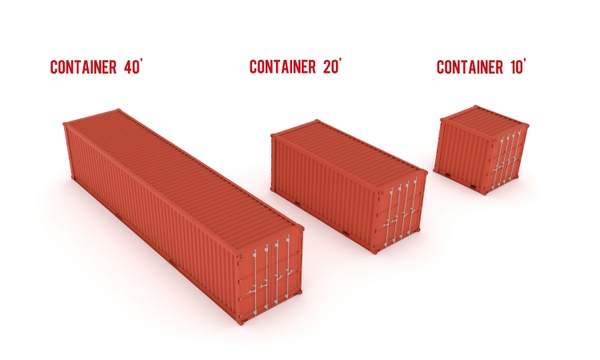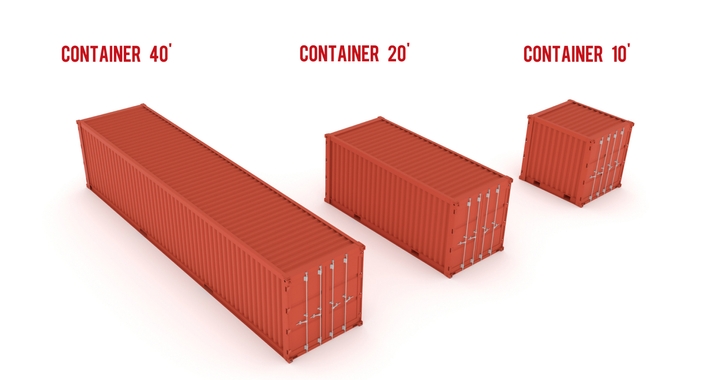FEU and TEU Shipping

When shipping containers internationally, it’s important to know the different sizes of containers available. This allows you to choose the best option for your shipment and calculate all the shipping costs associated with your container size.
Two of the most common containers used in international shipping are the FEU and TEU. What are they, and what are their differences?
We explore that in this article.

What is FEU Shipping?
FEU stands for “forty-foot equivalent unit.” It refers to a category of shipping containers with internal dimensions that reach 40 feet in length, 8 feet in width, and 8 feet in height. A forty-foot equivalent unit can hold 20-24 pallets.
To give you a better idea of what can fit in an FEU container, it can accommodate all the furniture and belongings coming from a 3-4 bedroom home. Most cars can also fit well in an FEU container while still having more than enough space for other pieces of cargo.
FEU is used as a standardized measure for the volume of the goods being shipped. Half of an FEU is referred to as TEU.
What is TEU shipping?
TEU stands for “twenty-foot equivalent unit.” Smaller in size than FEU containers, TEUs have the following internal dimensions: 20 feet in length, 8 feet in width, and 8 feet in height. A TEU can only hold 9 to 11 pallets. Two TEUs are equal to a single FEU in terms of capacity.
Most items can fit in a standard 20-foot container. To give you a better idea, the size of a TEU can accommodate:
- 2 vehicles
- Over 7,000 reams of paper
- 4,000 shoeboxes
- Over 7,000 gallons of water
- Over 400,000 eggs
- Over 9,000 bottles of wine
- 48,000 bananas
- Over 300 cardboard boxes
FEU and TEU Maximum Capacity
A 20-foot container, or TEU, has a maximum capacity of 28-29 CBM. It can fit goods up to 19 feet and 5 inches or 5.919 meters in length, 7 feet and 8 inches or 2.340 meters in length, and 7 feet and 9 and a half inches or 2.380 meters in height.
Keep in mind, though, that a TEU container only has a door height of 7 feet and 5 and a half inches or 2.278 meters. So if your item is larger than that and non-collapsible, you may not get it to fit in the container.
On the other hand, a 40-foot container (FEU) has a maximum capacity of 59-59 CBM. Goods that are 39 feet and 6 and a half inches or 12.051 meters in length, 7 feet and 8 inches or 2.340 meters in width, and 7 feet and 9 and a half inches or 2.380 meters in height can fit an FEU container. Similar to TEUs, FEU containers have a door height of 7 feet and 5 and a half inches or 2.278 meters.
Why You Need to Know the Difference Between FEU and TEU
Knowing what FEU and TEU shipping are and how they differ is important because these determine the capacity of a container ship and the rate of your shipment. Often, shipping rates are provided according to TEU, and from there, you can calculate the total cost of your shipment using the following criteria:
**Rate per TEU x number of TEUs in your shipment **
TEU vs. FEU: Which One is Better For You?
Since TEU and FEU both refer to the size of the container, choosing which one is best for you would, of course, depends on the unique characteristics of your shipment. Consider the volume and measurements of the goods you are shipping. Is a 20-foot container enough to accommodate your cargo, or do you need a bigger option?
Keep in mind that the cost of your shipment will also rely on whether you’re shipping in TEU or FEU. So make sure you choose a container size that is just right for your shipment. Shipa Freight has an online calculator that you can use to compare rates and determine the cost of your TEU or FEU shipping. Visit our website to access it and learn the cost of your shipment.


